... how do I get to see it all?
One of the reasons that surely lies behind Samuel Johnson’s famous quote about London (“to be tired of London is to be tired of life”) is unassailable: London’s immense variety means there is always something to see, do and enjoy. As a London visitor, it also means that, whatever the length of your stay in the city, you will need to decide what you want to see. It is, of course, possible to pack in plenty of sights and attractions in only a day or two but, if you want to do this, you need to plan particularly well.


Think local
You might have heard London described as consisting of a series of neighbourhoods or villages, each with its own distinct identity. This is a matter of interpretation but it is certainly true that many of the most famous and popular attractions are clustered conveniently close together. If you mentally divide London into a series of areas, you can focus on exploring your chosen neighbourhoods in turn. You might want to start in the area where you are staying. For example, if you are in South Kensington, you will have three of the city’s most famous museums on your doorstep. The Natural History Museum, the Science Museum and the Victoria and Albert Museum are all a short stroll away from each other. Equally, if you are hanging out at one of the boutique hotels in Shoreditch, Clerkenwell or Hoxton, you might be drawn towards the eclectic market at nearby Spitalfields, the Columbia Road flower market (both held on Sunday mornings) or the curry houses, vintage clothing stores and bagel sellers of Brick Lane. For a little culture, one of London’s hidden gems is a group of eighteenth century almshouses in Hoxton. Together, they make up the Geffrye Museum (closed on Mondays), and contain eleven period rooms, showcasing London domestic life from the 1600s to the modern day. However, whichever area you pick, the key to thinking local is to ensure that you can get everywhere you want to see by foot.
You might want to start in the area where you are staying. For example, if you are in South Kensington, you will have three of the city’s most famous museums on your doorstep. The Natural History Museum, the Science Museum and the Victoria and Albert Museum are all a short stroll away from each other. Equally, if you are hanging out at one of the boutique hotels in Shoreditch, Clerkenwell or Hoxton, you might be drawn towards the eclectic market at nearby Spitalfields, the Columbia Road flower market (both held on Sunday mornings) or the curry houses, vintage clothing stores and bagel sellers of Brick Lane. For a little culture, one of London’s hidden gems is a group of eighteenth century almshouses in Hoxton. Together, they make up the Geffrye Museum (closed on Mondays), and contain eleven period rooms, showcasing London domestic life from the 1600s to the modern day. However, whichever area you pick, the key to thinking local is to ensure that you can get everywhere you want to see by foot.
Go by Bus
To see a wider area in a single day, try London’s hop-on hop-off sightseeing buses. Their big advantage is less the commentary, which is not always easy to hear, and more their flexibility. You can choose the tour that most interests you, and your ticket entitles you to get off and on the bus at any of its stops. You can do this as many times as you like.
As well as the official tour buses, the number 11 that runs from Liverpool Street station to the Fulham Broadway takes in some of the city’s most famous sights.


Go Underground
London Underground, or the Tube, as it is popularly known, actually has large sections that are overground. Under or over ground, it is one of the most convenient ways to get around town, particularly for covering relatively large distances.
One thing to remember is that the map that you can download onto your smartphone, or pick up a paper copy of at tube stations, is not geographically accurate. This makes it no good at all for assessing how close two places are from each other.
Bill Bryson, in his “Notes From A Small Island”, highlighted this when he explained the convoluted tube route needed to travel between Bank and Mansion House – and all to move only 200 yards. Similarly, it is often quicker to walk than to take the tube for a single stop: Charing Cross to Embankment is the perfect example of this. Do not worry too much if you do find yourself spending half-an-hour getting somewhere you could have walked in five minutes; it is part of the fun of discovering the city and, besides, even seasoned Londoners sometimes do the same.
 London is such a big place...
London is such a big place...

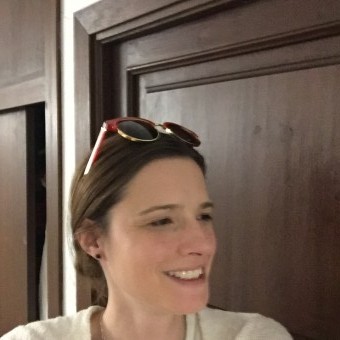
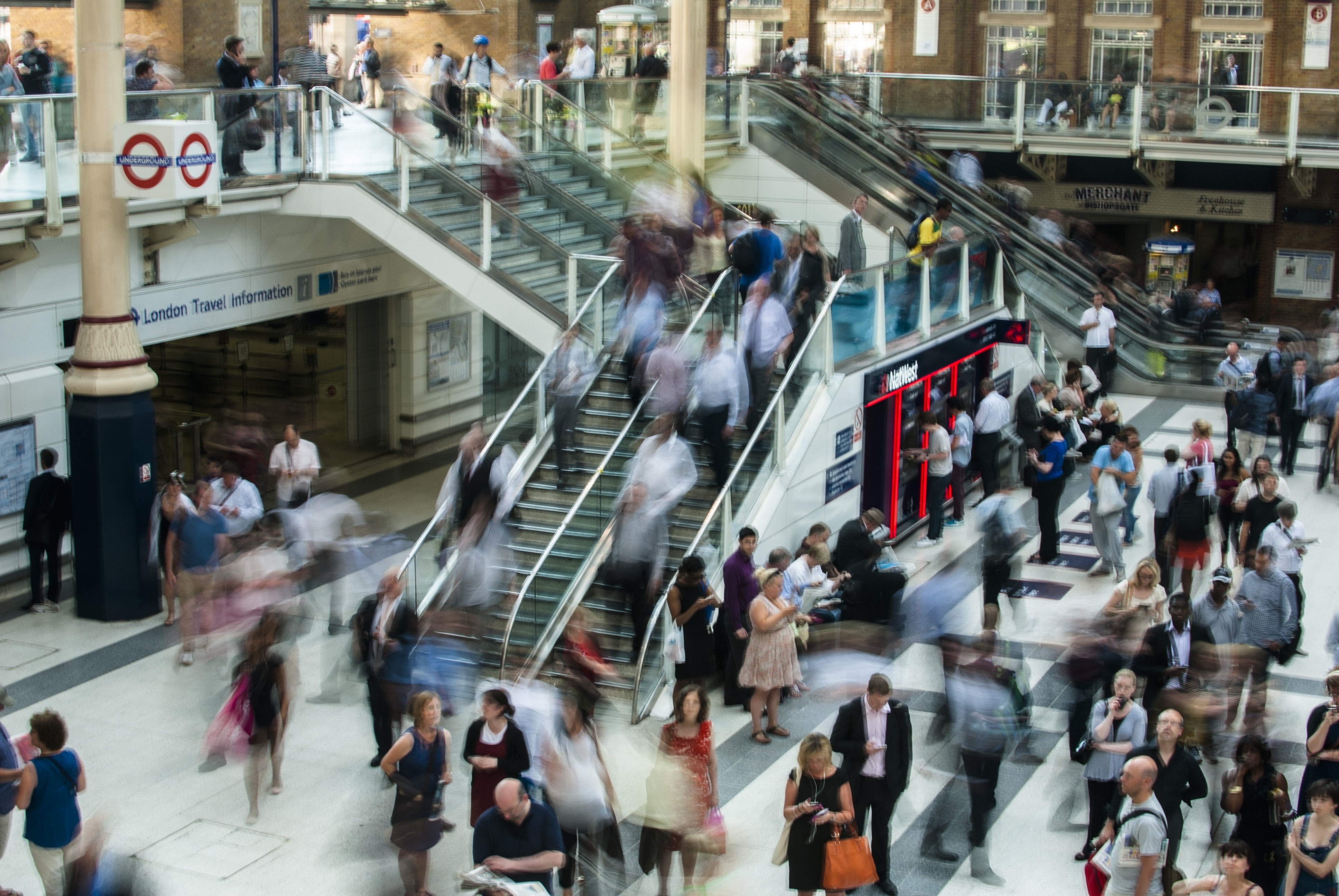
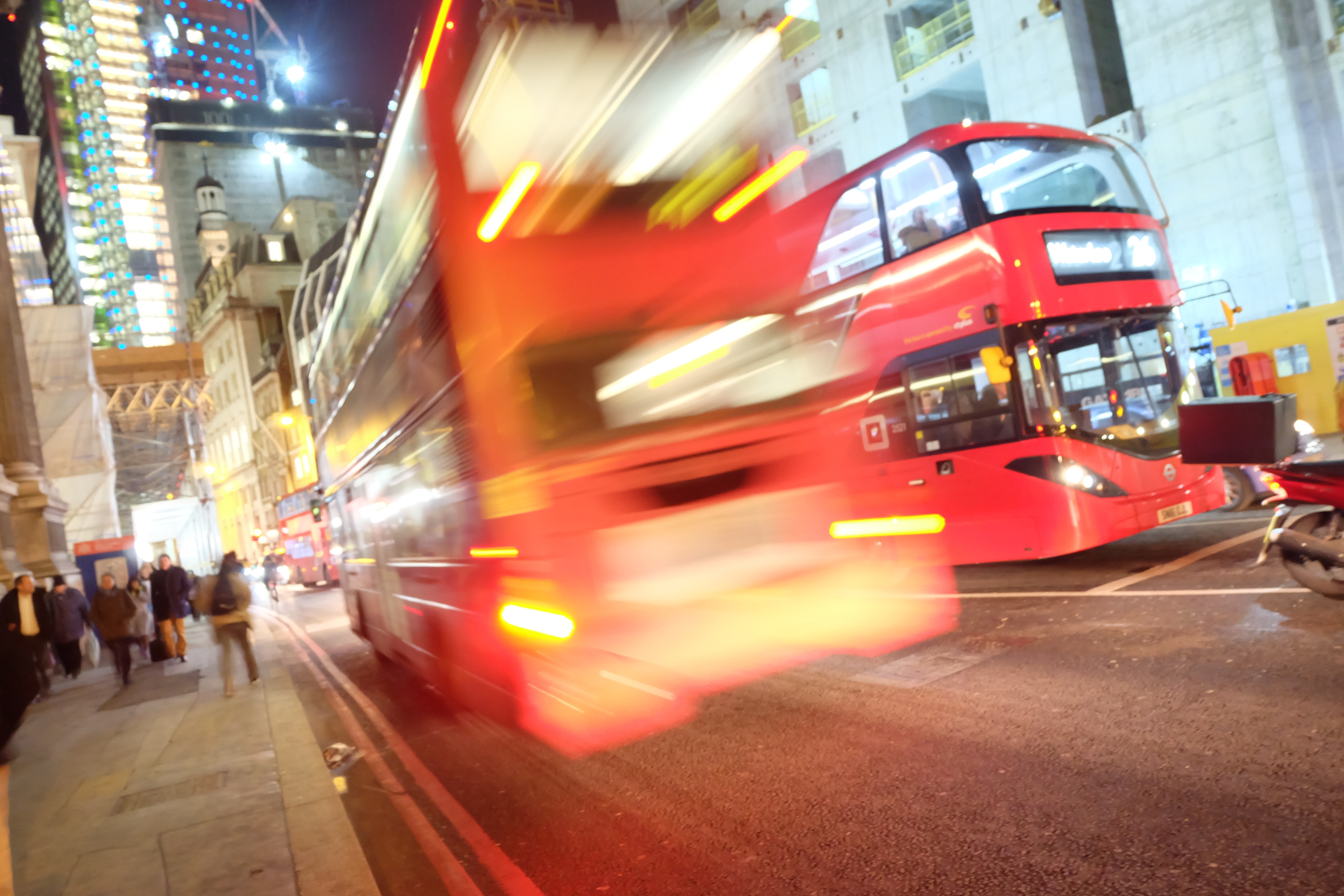
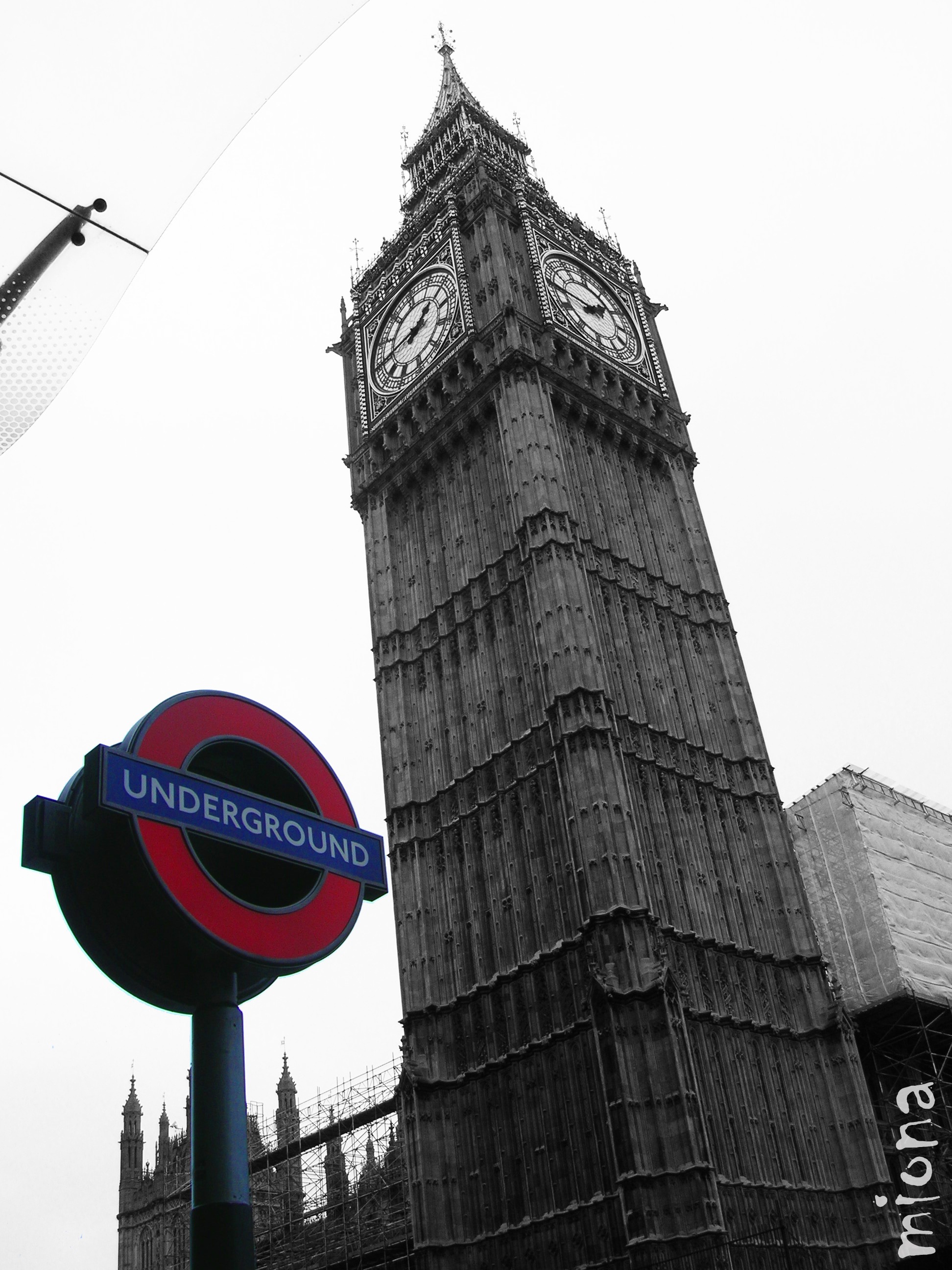
.jpeg)
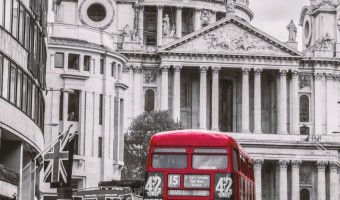
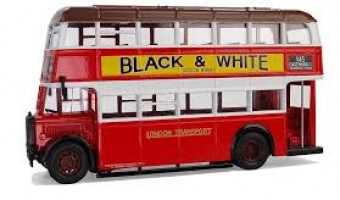
 Load more articles
Load more articles